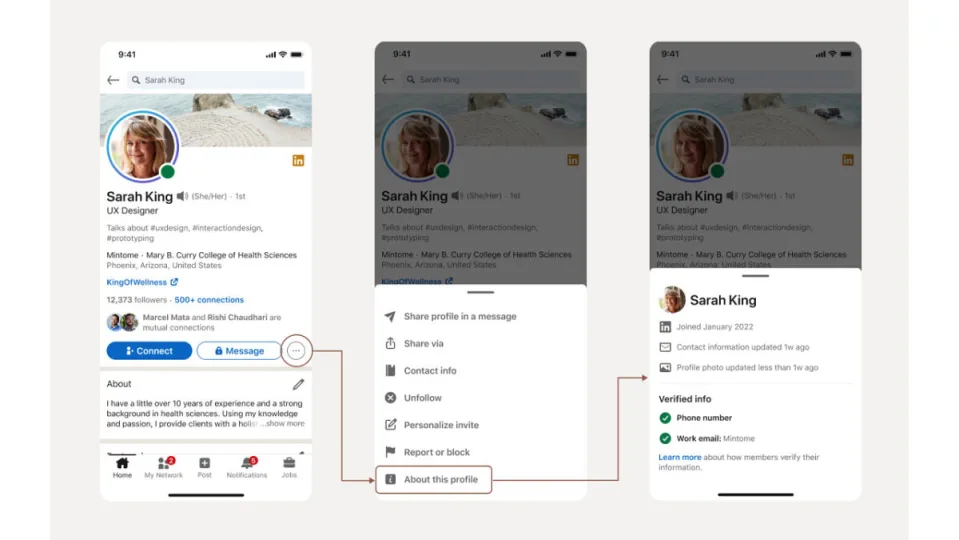Deepfakes, AI image generators, and bots are wreaking havoc on the internet and the concept of trust. It is more difficult than ever these days to act with confidence when dealing with somebody online as their profile pictures might be fake and their words may be generated by an automated chatbot. We reported recently on how this problem has been affecting LinkedIn with fake accounts causing plenty of problems on the app. Today, however, we get to bring you news of the actions LinkedIn is taking to solve the problem.
LinkedIn’s vice president of Product Management, Oscar Rodriguez has published a blog post outlining a new feature that will help the company verify users’ identities, detect fake accounts, and boost authenticity on the network.
The feature includes two new verification steps that will help users confirm who they are dealing with when on LinkedIn. These verification steps include adding your phone number as well your work email account, which users will then be able to verify in a new “About this profile” tab. The new tab will also tell users you created your profile as well as the last time you activated it, so that they can tell if your account is active or not and hasn’t recently been created by scammers.
Rodriguez states in the blog post that the new feature is rolling out to certain companies, saying:
“Starting this week, you can find the “About this profile” feature on each LinkedIn member’s profile page, and soon you’ll see it in more places over the coming weeks, including when viewing invitations and messages. For work emails, our plan is to start with a limited number of companies, but you can expect to see this expand as we add additional companies over time.”
The hope is that these new features should help to stop fake accounts spreading across LinkedIn and also offer users a way to check who they are being messaged by.
In other recent LinkedIn news, scammers have been using LinkedIn Smart Links to try and share phishing scams.



